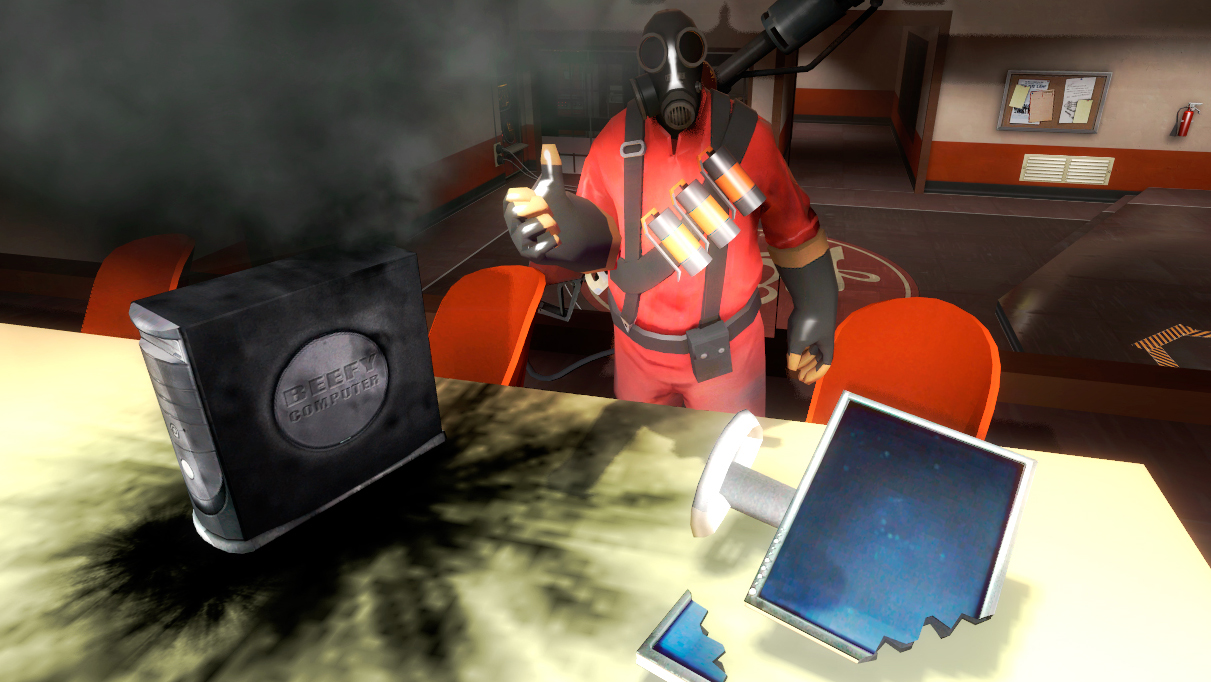
Counterspell's all you get.
I thoroughly enjoyed my time with Baldur’s Gate 3, but I did have several instances where I thought: “man, it’d be good to have Dispel Magic here.” Clouds of darkness, enemy buffs like Haste—they’d all make for prime tactical dispel targets. In an interview with D&D, founder and CEO of Larian Studios Swen Vincke revealed that they’d tried to make it work, but couldn’t for one tragic reason—it’d break the game in half.
“We wanted to do Dispel Magic, for a long time it was on the table, but then it just became too much, because there’s so much magic in the game. It was always like: ‘what if I come in and I do Dispel Magic? And I’d say ‘oh my god, my head is exploding’. So that’s why you don’t have Dispel Magic in the game.”
For those of you who aren’t magic initiates of Dungeons & Dragons’ 5th edition (D&D 5e), Dispel Magic is the cousin to Counterspell, except it can be used after the fact. Here’s a snippet from the spell’s description, courtesy of the publicly available Systems Reference Document (SRD): “Choose one creature, object, or magical effect within range. Any spell of 3rd level or lower on the target ends.”
The design headache here lies in the words ‘magical effect’. In D&D 5e, spells do exactly what they say they do. Using those words instead of ‘spell’ has major implications for its use cases, since the word ‘spell’ is, specifically, any spell cast by a creature.
Granted, the spell then goes on to state that any spell on the creature, object, or magical effect ends—but plenty of DMs will tend to give a bit of leeway on that, since they don’t typically want to homebrew an entirely new spell every time they put a magic barrier on something. Not to mention, the spells their players have access to and the spells which form the fabric of a D&D setting are two different things.
With that in mind, while Counterspell only works on spells—your Magic Missiles, your Burning Hands—Dispel Magic could snuff out, say, a magical light, or shatter an arcane barrier, or clear a patch of deadly shadow fog. Its use cases reach far beyond its more reactive cousin, so adding it to the game would be a major technical and narrative pain in the butt.
“There’s actually still traces within where you say ‘ha! They actually foresaw [Dispel Magic], and they wanted to do it,'” Vincke admits. “And we wanted to, it was just too much. Literally, it would’ve doubled the size of the game just to support that one spell properly.”
While I can absolutely see why we didn’t get the full version of the spell, a Dispel Magic lite wouldn’t have gone amiss. I can’t help but think of spells like Fly, which are (understandably) lesser versions of their tabletop selves. In D&D 5e, Fly just gives you a ‘fly speed’, letting you move around in three dimensional space as much as you want. In Baldur’s Gate 3, flying works more like a suped-up jump or a soft teleport, allowing you to hop to distant ledges with no issues.
It makes total sense to have flying work this way, but it does leave me wondering why similar concessions couldn’t be made for Dispel Magic. For instance, Larian could’ve made it just work on spells cast by creatures, like with Counterspell, making it a strong combat option without giving Vincke a migraine.
He also spoke about some other problem spells and skills that were a challenge to work into the game: “Oh, animal handling and Speak With Animals—doing both of them has added so much dialogue to the game … Speak With Dead also, all the dead bodies in the game … [Disguise Self] has definitely caused some systemic issues for us on the development front, but it works … those are things that require a lot of effort from the development point of view, but I’m happy that they’re in there.”
Still, it’s another reason to give D&D 5e a try with your friends—I can personally attest that there’s nothing quite like snuffing out an enemy’s Haste spell and watching them weep. Double-edged sword, though—I had a mage dispel my bard’s Polymorph while I was an eagle a hundred feet up in the air. I did not stick the landing.






